Increased Healthcare Expenditure
Increased healthcare expenditure is a notable driver for the Lymphoma Treatment Market. As countries allocate more resources to healthcare, there is a corresponding rise in funding for cancer treatment and research. In 2025, healthcare spending is anticipated to reach unprecedented levels, with a significant portion directed towards oncology. This financial commitment facilitates the development of new therapies and enhances access to existing treatments for patients. Moreover, the growing emphasis on value-based care is likely to encourage healthcare providers to invest in effective lymphoma treatments that improve patient outcomes. As a result, the Lymphoma Treatment Market stands to benefit from this upward trend in healthcare expenditure, which may lead to increased availability and affordability of innovative treatment options.
Increasing Incidence of Lymphoma
The rising incidence of lymphoma is a pivotal driver for the Lymphoma Treatment Market. Recent statistics indicate that lymphoma cases are on the rise, with an estimated 81,560 new cases of non-Hodgkin lymphoma expected in 2025 alone. This increase in prevalence necessitates the development and availability of effective treatment options, thereby propelling market growth. As healthcare systems adapt to this growing burden, investments in research and development are likely to intensify, fostering innovation in treatment modalities. The heightened awareness of lymphoma symptoms among the public and healthcare professionals also contributes to earlier diagnosis, which may lead to improved treatment outcomes. Consequently, the increasing incidence of lymphoma is expected to significantly influence the Lymphoma Treatment Market, driving demand for novel therapies and comprehensive treatment strategies.
Rising Demand for Combination Therapies
The rising demand for combination therapies is emerging as a significant driver in the Lymphoma Treatment Market. Healthcare professionals increasingly recognize that combining different therapeutic modalities can enhance treatment efficacy and reduce the risk of resistance. For instance, the integration of immunotherapy with traditional chemotherapy has shown promising results in clinical trials, leading to improved survival rates. In 2025, the market is expected to reflect a growing preference for combination therapies, with a projected increase in their adoption among oncologists. This trend is likely to be fueled by the success of recent studies demonstrating the synergistic effects of various treatment approaches. Consequently, the Lymphoma Treatment Market may experience a shift towards more comprehensive treatment regimens that address the complexities of lymphoma, ultimately benefiting patient care.
Advancements in Research and Development
Ongoing advancements in research and development are crucial for the Lymphoma Treatment Market. The continuous exploration of new therapeutic agents, including monoclonal antibodies and CAR T-cell therapies, has the potential to revolutionize treatment paradigms. In 2025, the market is projected to witness a surge in innovative therapies, with an estimated growth rate of 8.5% annually. This growth is attributed to the increasing investment in clinical trials and the collaboration between pharmaceutical companies and research institutions. Furthermore, the identification of specific genetic markers associated with lymphoma has opened new avenues for targeted therapies, enhancing treatment efficacy. As a result, the Lymphoma Treatment Market is likely to benefit from these advancements, leading to improved patient outcomes and a broader range of treatment options.
Regulatory Support for Innovative Therapies
Regulatory support for innovative therapies plays a crucial role in shaping the Lymphoma Treatment Market. Regulatory agencies are increasingly expediting the approval processes for novel treatments, recognizing the urgent need for effective lymphoma therapies. In 2025, it is expected that more breakthrough therapies will receive accelerated approval, allowing patients to access cutting-edge treatments sooner. This supportive regulatory environment encourages pharmaceutical companies to invest in research and development, fostering innovation in the market. Additionally, initiatives aimed at streamlining clinical trial processes may enhance the efficiency of bringing new therapies to market. Consequently, the Lymphoma Treatment Market is likely to experience growth driven by this regulatory support, which not only facilitates the introduction of new therapies but also enhances patient access to life-saving treatments.


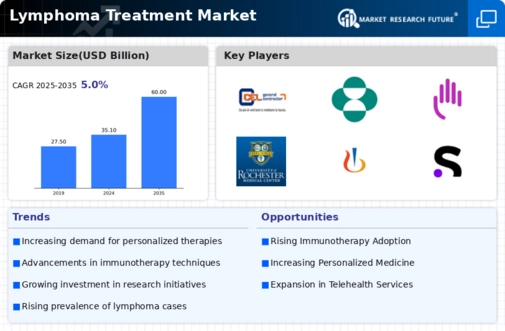

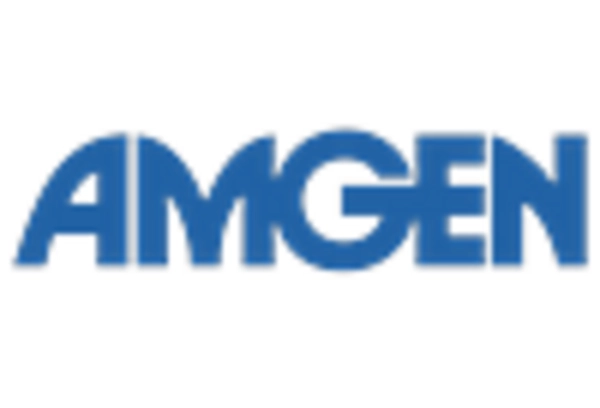
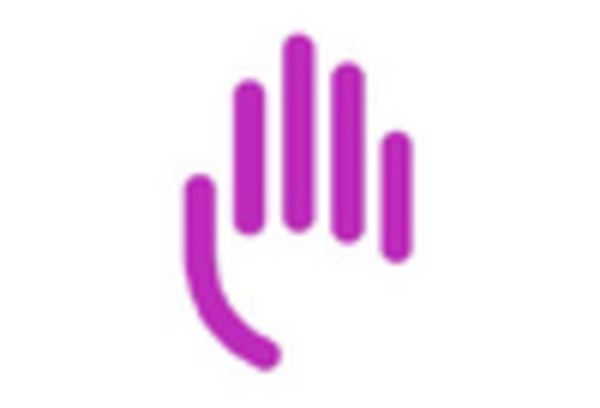
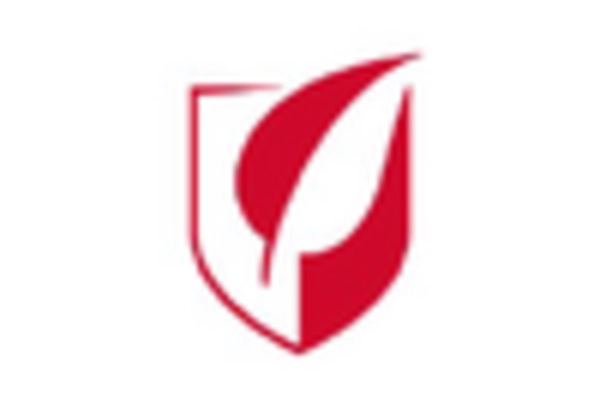
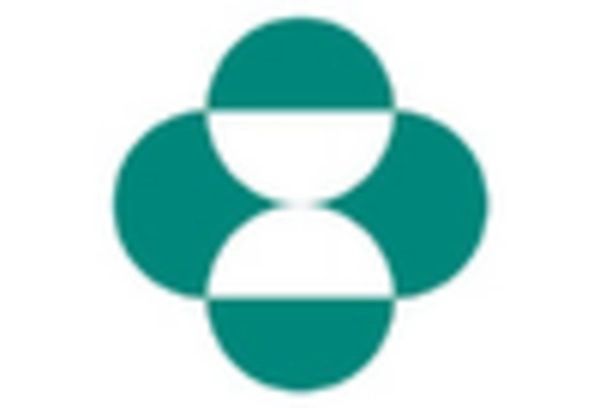
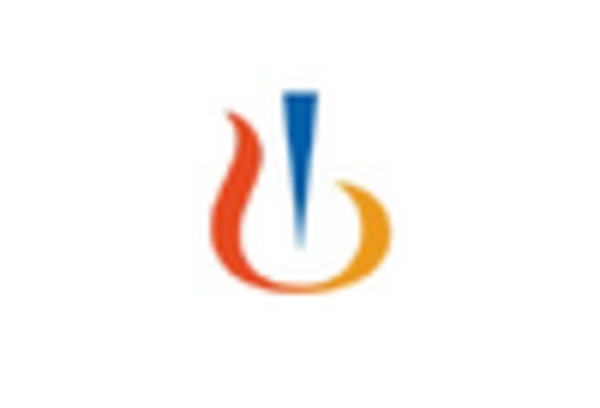
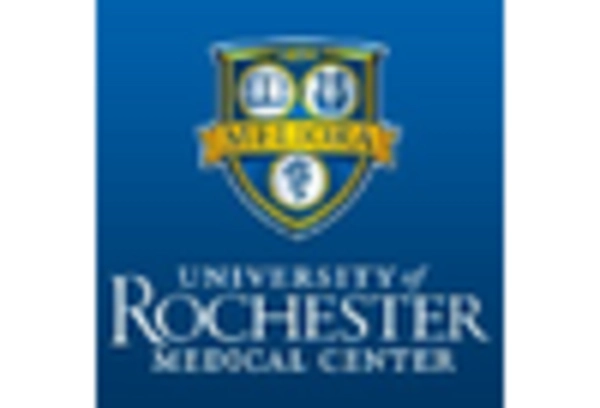








Leave a Comment